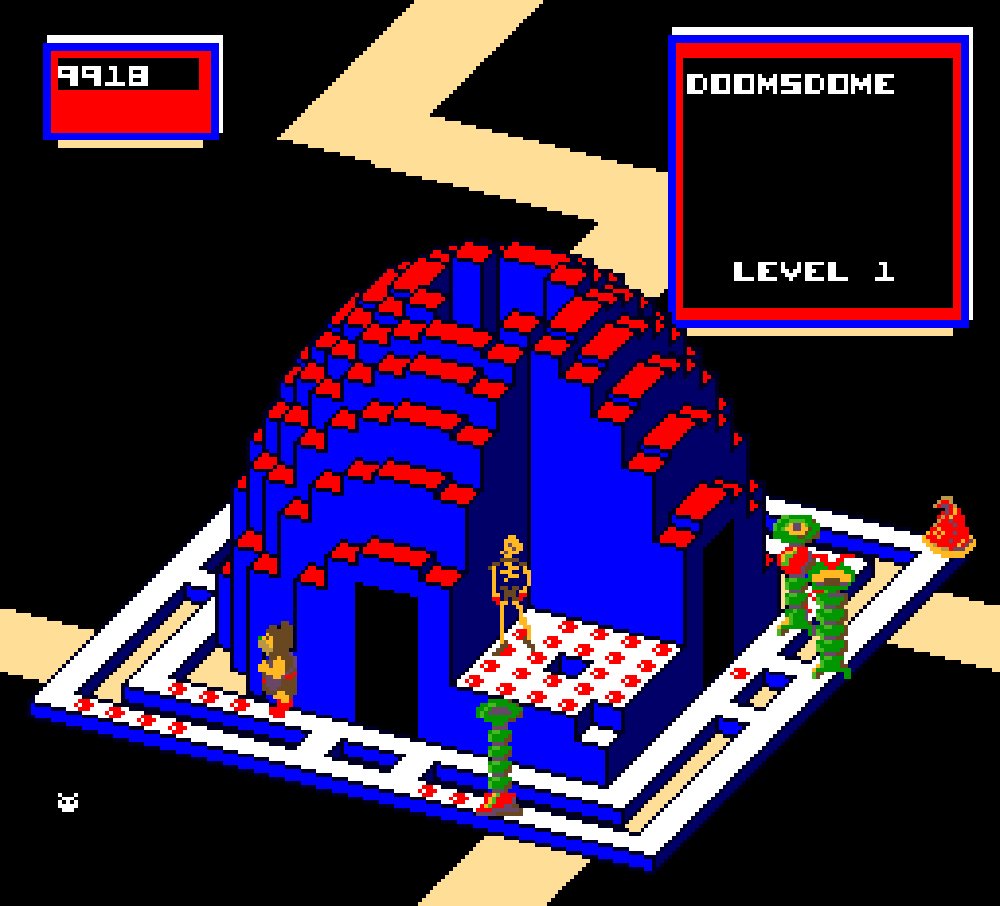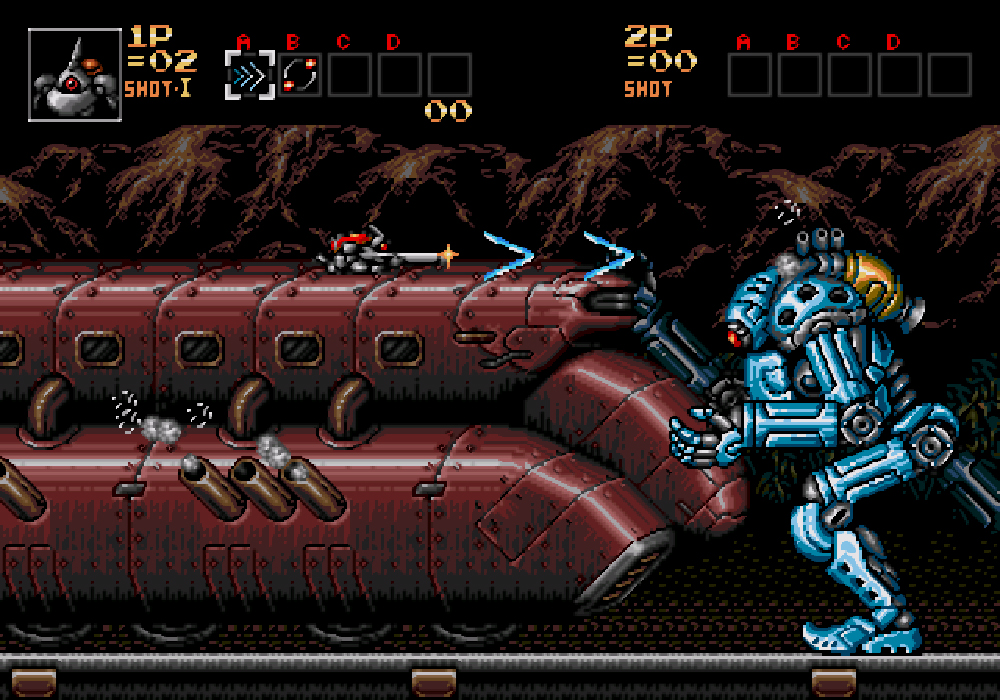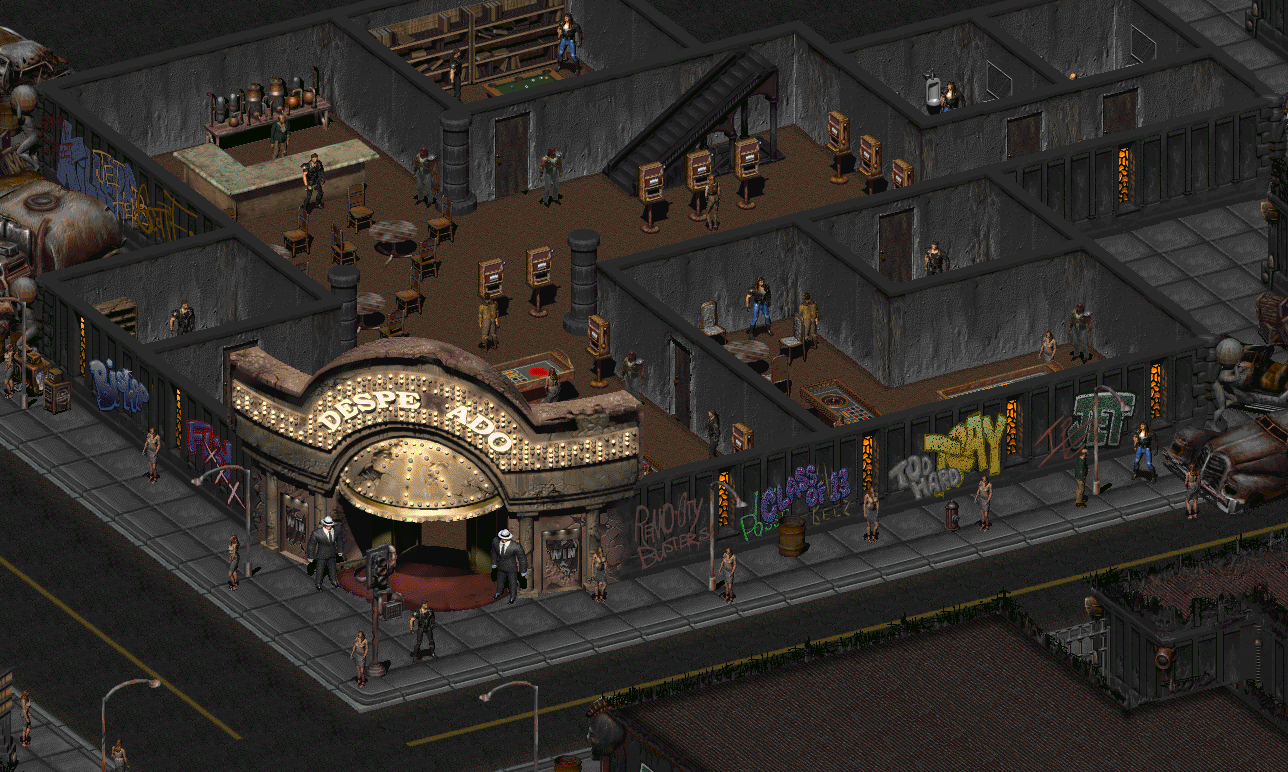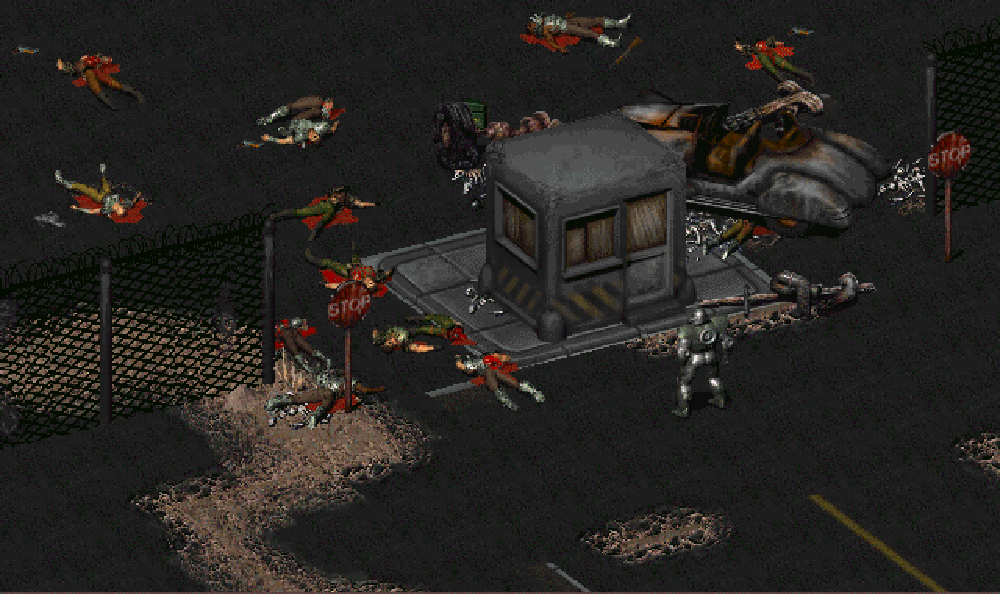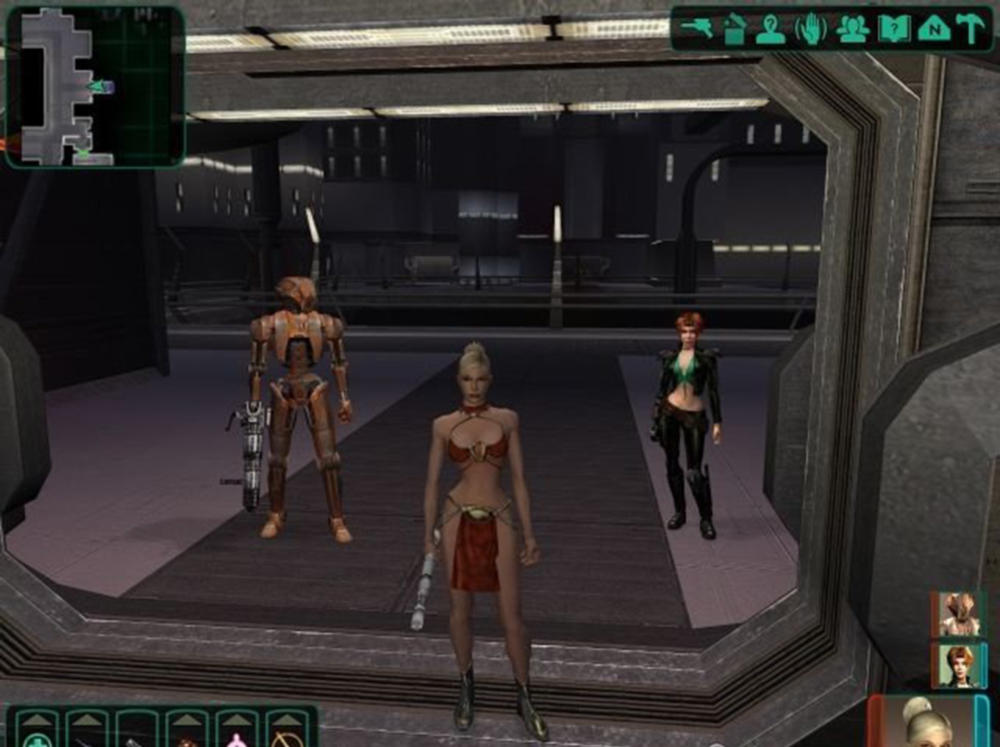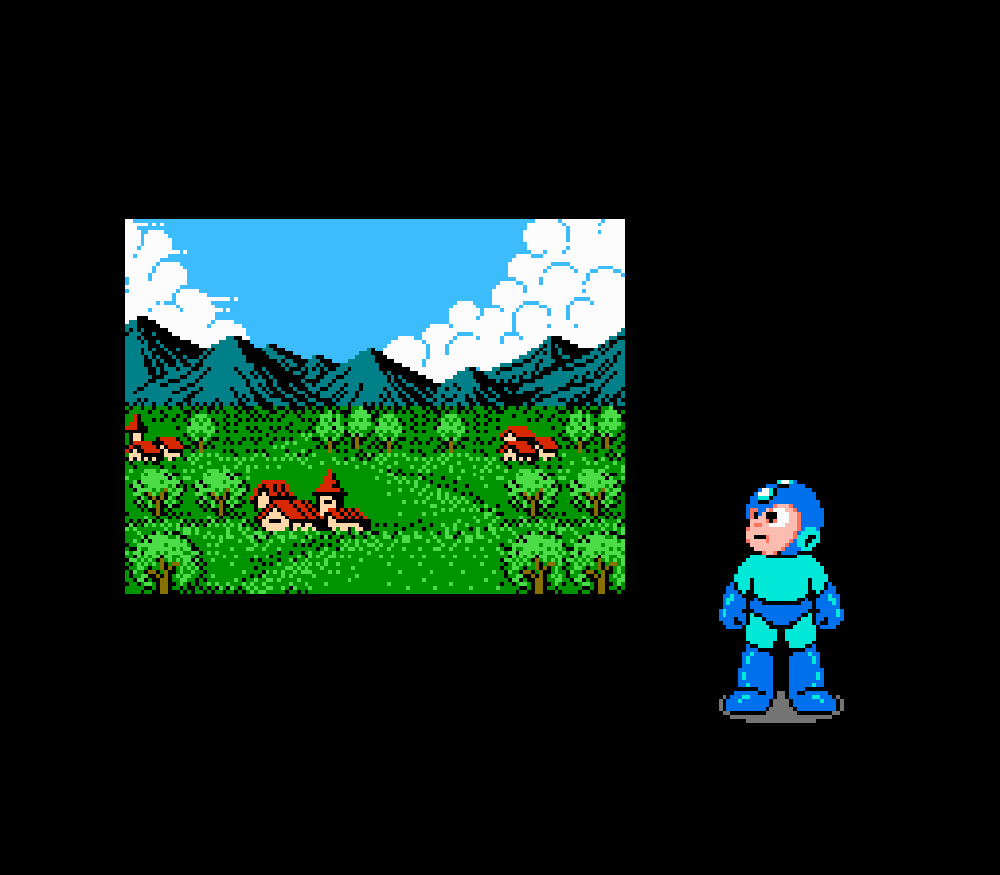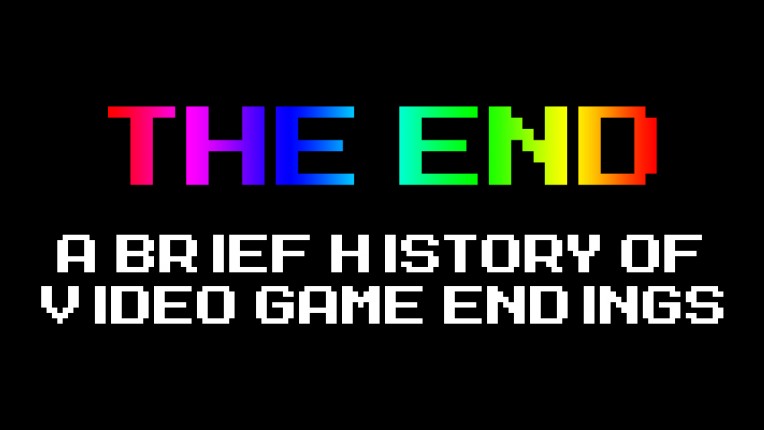
The Completist
The End: A Brief History of Video Game Endings
Good night, good night! Parting is such sweet sorrow,
That I shall say good night till it be morrow.
The end is bittersweet, especially when it’s something you love, but alas, there is no escaping the eventual conclusion to all things. If you look at the humble beginnings of video games however, you may notice an interesting tendency. In the early days, most, if not all games had no predefined ending. Other than the “game over” screen, the player would generally spend their time chasing a high score in a loop ad infinitum. You could argue that a game over screen is an ending in of itself, but have a computer play Pong “perfectly” and the game could technically go on until our sun goes supernova. Pong, or Space Invaders, or Spacewar, or pretty much every game pre 1980 were not designed to be “beaten,” but simply played, products of limited resources in an antiquated era.
Perhaps another reason video games lacked predefined endings early on was that most of them were arcade games, or at least based on arcade games. Having an ending to a game that exists purely to take your money wouldn’t make a lot of sense, so why end it? Giving the player the ability to continue playing until their pockets (or bank accounts) were empty just makes good business sense. But as technology progressed and home consoles and computers became more commonplace, so did the ability and reasoning for a game to actually end.
Enter Crystal Castles in 1983, regarded as one of the first arcade games with an actual ending. Oh the times, they were a changin’! Granted, some console games had beaten (no pun intended) Crystal Castles to the punch such as Pitfall and Adventure on the Atari 2600, but then again, they were console games. On a console, it made a lot more sense to actually end a game. Once the consumer had purchased the cartridge and brought it home, what difference did it make? Since the developers already had their money, they might as well give the player an actual goal rather than an unsatisfying infinite loop.
By the time the 90’s rolled around, endings in games were as common as rabbits. Even most arcade games had a definitive way to “finish” the adventure. Games like Contra: Hard Corps, a pure action game, even had multiple endings depending on which route you chose to take. Technology had enabled complexity and with it, a purpose for games beyond just mindless fun. The gamer was afforded real choice in their actions which allowed for much richer gameplay experiences. But was this change brought on by technology alone? Or was it perhaps the more romantic notion that a game with a definitive end gives players a greater sense of satisfaction? It’s hard to say, but I like to think that it’s a bit of both.
In my mind, there was a definitive turning point for the transition towards multiple video game endings, and that turning point was the year 1998. That year, we saw not one, or two, but three games released that had literally dozens of endings each. Granted, many games had featured multiple endings from the mid-80’s on, but this was a special year due to the sheer number of choices allowed in the aforementioned games. The three I am talking about are Street Fighter Alpha 3 with 34 endings, Fallout 2 with 47 and Star Ocean: The Second Story with a whopping 87 different endings! (to this day, only Star Ocean’s sequel, Second Evolution has surpassed it) No year prior to this had even come close to the sheer magnitude of choice and diversity that these games allowed. Video game endings had reached a type of apex that has still not been significantly surpassed nearly two decades later.
In the case of how to actually achieve these endings within their respective games, Street Fighter Alpha 3 saw the player simply playing with one of a total of 34 characters, netting you a personalized ending depending on who you chose. In the case of Fallout 2 and Star Ocean, the complexity was much deeper. Choices you made throughout the entirety of the game dictated how the adventure would ultimately end, and with dozens upon dozens of different possible endings, it could literally take you years to discover them all.
In the case of Fallout 2, which I have played extensively, I’ve only seen a handful of the possible 47 outcomes of this incredible game. Attempting to get them all requires a vast knowledge of the settings, story and characters. Some choices could be as simple as helping out a friend in need, thus setting off a chain of events within the game leading to an eventual outcome. While others may entail how you handle large story based missions. And yet others may involve killing the right (or wrong) person thus altering the entire trajectory of the experience. Either way, the ability for the player to make a conscience choice about the outcome of a given situation, and actually see tangible results, is a far cry from the days of finishing Metroid in under an hour in the hopes of seeing Samus Aran in her bikini. But alas, it had to start somewhere.
Enter the 2000’s and games have almost literally come full circle. With the advent of MMO’s (once again, games that have no ending) in addition to casual as well as mobile games, one could argue that the gaming industry has taken a step back. But once again, technology has progressed to the point where games no longer have to be simple to warrant not having an ending. The sheer variety of what we have available in this day and age makes any and all types of gaming possible, ending or no ending. Star Ocean and Fallout 2 may have paved the way for games like Knights of the Old Republic and Mass Effect, but in contrast, games such as Tetris and Asteroids also paved the way for a whole new scene of online, mobile and social games such as the much loved (and hated) Candy Crush Saga. Who would have predicted that in 1975?
In closing, I’d like to say that while endings can often be somewhat somber affairs, let’s not let this finale spoil the joy that has been had during the journey itself. Although personally, I am not a fan of endings; after all, retro gaming for many of us is an escape to our youth, an infinite reminder of a less complicated time. We strive to recapture the essence of our once innocent minds, mashing away on our rectangular gamepads. We yearn to relive our past, when the world was a simpler place and games were a more pure, uncompromised art. We keep pushing, producing and sharing our endless creativity, all in the hopes that we will never have to let go of what we love, what we have always loved: video games.
No, this is not the end, but merely a transition.
“In our race to move ever forward, let us not forget our humble beginnings.”

